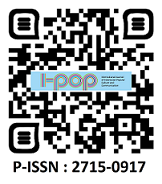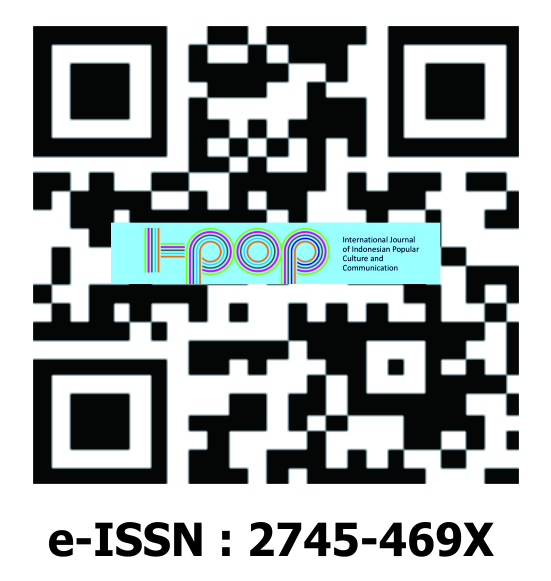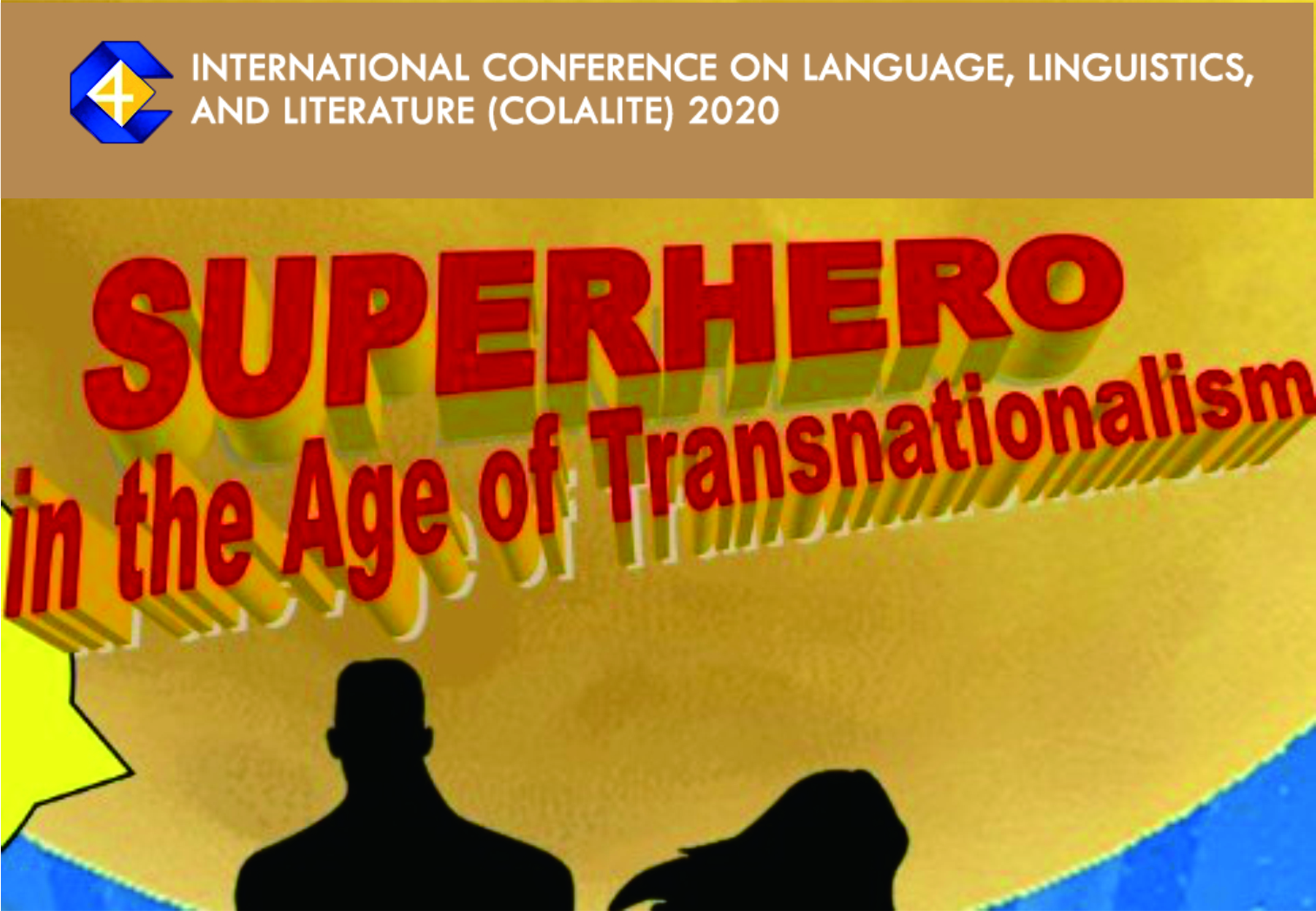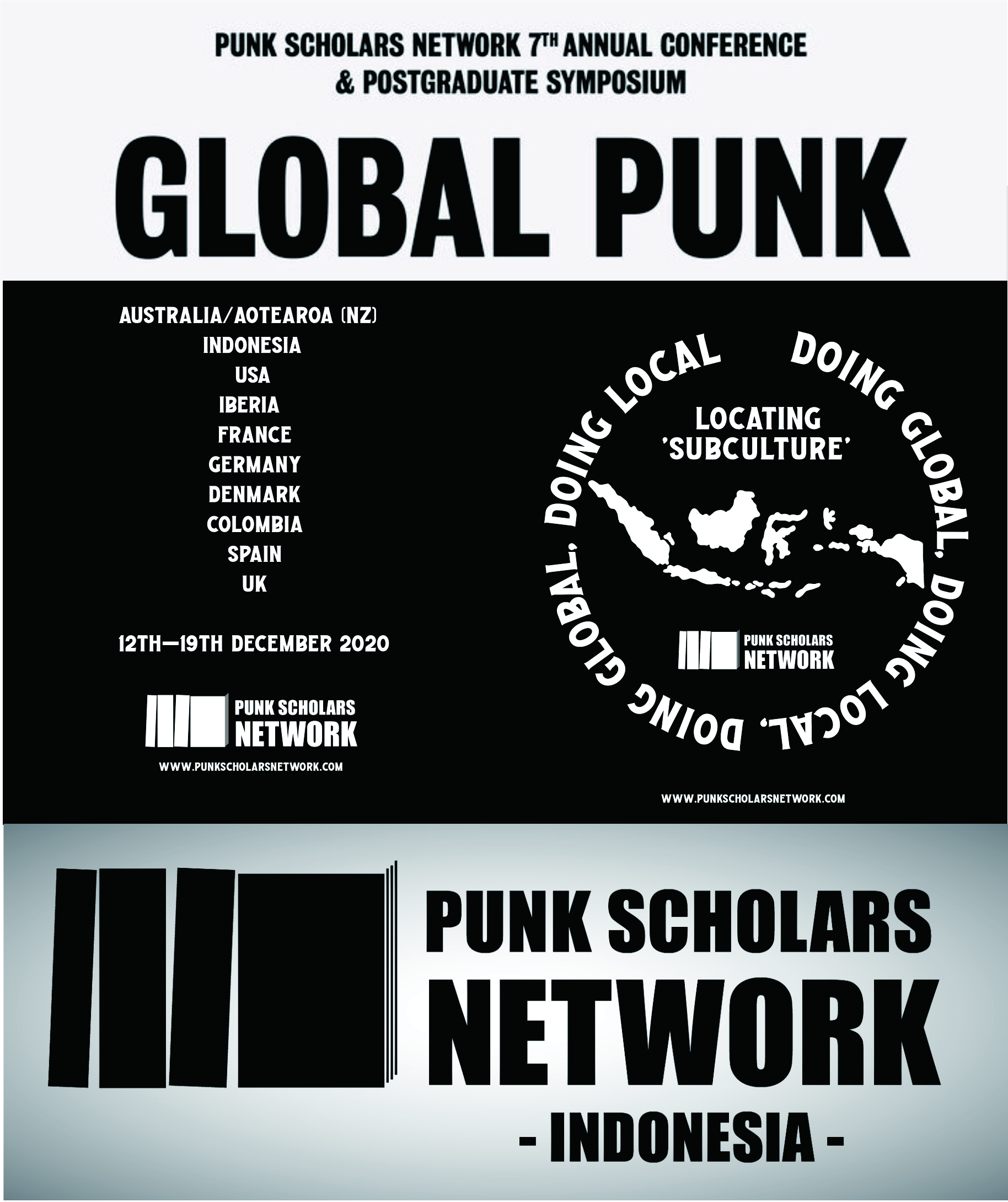Author Guidelines
ARTICLE REQUIREMENTS
Word Count
- Articles must be a minimum of 5,000 words to a maximum of 10,000 words (for research and conceptual paper), 1,500 to 3,000 words (for book & pop review article), and more than 2,000 words (for reflections article), excluding the abstract, references, appendix, figure captions, and tables
- Article submissions should include an updated abstract (150-250 words) and a set of (5) keywords.
Structure and Nomenclature
For Research Paper
- Introduction (Pendahuluan)
- Presents at least three ideas, namely the background to why the issue or topic is examined in this article, what is the difference between this study and the previous relevant studies (including theoretical background), and the specific objective of the study. The authors must clearly state this objective and answer it in the conclusion.
- Method (Metode)
- Comprises a description of the methodological approach or perspective used, research steps, data collection methods, selection of informants/participants, sampling (respondents/ texts), and data analysis methods. The authors can also add a description of the location and time context.
- Findings and Discussion (Hasil dan Pembahasan)
- Shows the results of data categorization (qualitative research), data analysis and process, and the hypothesis testing (quantitative research). Authors can display data or findings with tables, figures, or graphs with proportional interpretation. Discussion must include: the author's arguments and reflections related to the data and data context, comparison/dialogue of data with previous researches, and relevant theories (whether appropriate or not following findings or results of the data analysis) to support arguments, interpretations and author's reflection.
- Conclusion (Simpulan)
- As the answer to the research/study objectives, the conclusion must be written concisely, including 1) emphasis (highlight) on the main and essential findings (for empirical research articles) or main and important thoughts (for conceptual study articles), directly (not wordy), meaningfully, and insightfully, 2) the implications (theoretical and practical), and, 3) suggestions for subsequent research.
- References (Daftar Pustaka)
- Adapts the 7th APA referencing style
- Prioritize primary and most recent reference sources (maximum of 10 years back).
For Conceptual Paper and Review/Reflections Article
- Introduction (Pendahuluan)
- Sub-titles related to the topic discussed and concept/theory proposed (sub-sub judul terkait topik yang dibahas dan konsep/ teori yang diusulkan)
- Conclusion (Simpulan)
- References (Daftar Pustaka)
Technical Requirements
- Use font Gillsans regular 10pt with space 1.15
- Left and top margin 4cm, right and bottom 3cm
- Paper size A4
For details, please consult technical guidelines on the article submission template.
INITIAL SUBMISSIONS
In the initial submission, please pay attention to the following important things so as not to get an initial rejection.
Anonymity
- Initial submissions should omit all author-identifying material for anonymous peer review.
- Submissions must not appear on any publicly visible website to avoid compromising the validity of an anonymous review.
- If your article submission is publicly visible on any website, please remove the content before uploading your submission.
Compatibility
- We only accept text files or files in .doc or .docx format (such as from Microsoft Word or Open Office).
- We do not accept PDF files.
Multiplicity
- Concurrent submissions are not accepted. It means, submitting the same manuscript to more than one journal concurrently constitutes unethical publishing behavior and it is unacceptable. Manuscripts must only be peer-reviewed by one journal at a time.
- We do not accept submissions of previously published works.
- No more than 20 percent of unoriginal text can be used by the author; these other places must be acknowledged and cited.
- The remaining 80 percent of the article must be unique and original to your current submission.
Quality
- Articles must follow conventions of the English language or Bahasa Indonesia in regard to proper grammar, punctuation, and typical writing practices.
- All submitted articles must read like a formal academic article.
- Word choice should not reflect a conversational or relaxed dialogue, be overly dependent on the use of bulleted lists, or rely heavily on the use of direct quotes.
- A formal academic article should articulate ideas in a writing style that is precise, logical, and professional.
- All factual statements must be supported by cited sources or research evidence.
- Authors must ensure the accuracy of citations, quotations, diagrams, tables, and maps.
- All in-text citations must be cited in the reference list and all sources in the reference list must be cited within the article.
- Sources accessed online must include a DOI or URL.
- Article submissions must consist of material that is unique and original, meaning that articles must engage cited material through critical thought.
- Cited material cannot simply be copied.
- Quotes must credit the original author and must be referenced correctly.
- All quoted materials (indirect citation) must be indicated using “quotation marks.”
- This includes material written by a contributing author. The referenced material must be properly cited. Quoted material must be indicated using “quotation marks” and cited properly.
Reference and Citation
- All sources must be cited in the reference list and in the main text.
- It is recommended to cite one of the articles in I-Pop: International Journal of Indonesian Popular Culture and Communication
- Sources accessed online must include a DOI or URL.
- At least 5 of the sources must be one of these publication types:
- An edited book.
- A peer-reviewed publication (book, journal, or other).
- An academic journal.
- A university press publication (book, journal, or other).
- Sources by contributing authors do not count toward this minimum.
- Citing multiple works by the same author(s) only qualifies as meeting one of the required five.
- In-text citations should only include a page number when citing a direct quote.
- If you are not citing a direct quote, please do not include a page number.
- When using a direct citation, the exact words must be attributed to the source.
- Please use "double quotation" marks to indicate a direct citation.
- Direct citations should contain a page number with the citation.
- Example: Hall said, "direct quotes contain a page number" (Hall, 2016, p. 34) or in Bahasa Indonesia (Hall, 2016, hal. 34).
- The reference list should only list citations which appear in-text.
- If a source is not cited in-text, it should not appear in the reference list.
- Please refrain from using any of the "citations and bibliography" tools or features in Microsoft Word.
- These are not editor-friendly software tools and they cause numerous problems during typesetting.
- Citations and references should be entered as regular text without the aid of any special features or tools
Reminders
- Please format your submissions according to the journal article template. The use of the template is recommended for Initial Submissions and required for all Final Submissions.
- Please follow the citation guidelines of the 7th edition of the APA Manual of Style. This is a requirement for all Final Submissions.
- Please insert all images as jpg files. Please keep image resolution below 300 DPI.
- In the case of symbols, please only insert symbols using standard fonts (e.g., WingDings, Arial Unicode MS).
- Please avoid using advanced MS Word features* such as automatic reference tools, drawing objects, automatic table of contents and table of indexes, bookmarks, background or font colors, highlighting, strike-through, embossing, or any other complex MS Word feature.
* MS Word footnotes/endnotes tools are one exception to this rule, but still in a very limited use










